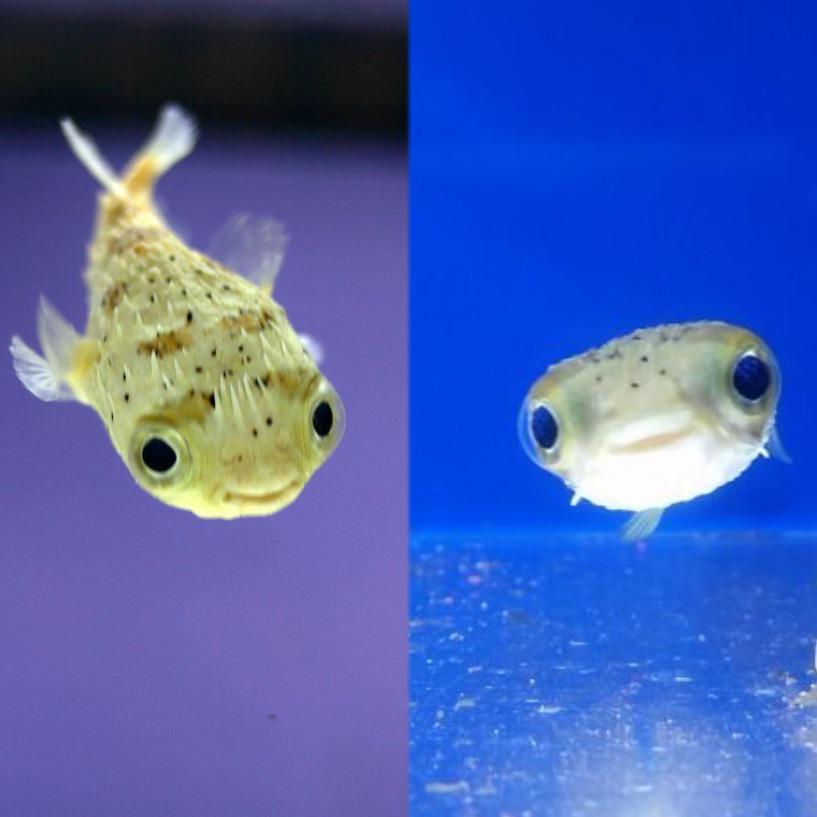Pufferfish are one of the most unique fish in the ocean. They are able to inflate themselves into a ball several times their normal size, making them an intimidating and dangerous prey for predators.
They also contain a toxin called tetrodotoxin, which can kill people if they ingest it. Chefs who prepare pufferfish must be trained in precise preparation techniques to avoid exposing diners to this poison.
Overview of Eating Pufferfish
Pufferfish are a popular food source for many people. Its mild taste and ease of preparation make it a common choice for a variety of dishes.
However, eating puffer fish can be dangerous. They contain tetrodotoxin, which can cause paralysis and death if ingested in large quantities.
Toxicity varies according to the species of pufferfish and how it is prepared. It should only be eaten by trained chefs who know how to remove the toxins.
The tetrodotoxin found in pufferfish is about 1200 times deadlier than cyanide. It is also a potent neurotoxin that can cause tingling, numbness, and muscle spasms.
Culinary Uses and Traditional Dishes
Pufferfish, also called blowfish or puffer fish, are small fish that rely on their unique ability to inflate into large balls to protect themselves from predators. They also can crack open and eat clams, mussels, and other shellfish with their hard beaks.
Although they’re considered a culinary delicacy in Japan, they can be dangerous to eat if they’re not properly prepared. They contain a deadly neurotoxin, tetrodotoxin, which is about 1,200 times more poisonous than cyanide.
In Japan, there are many traditional dishes that feature pufferfish. These include sashimi, deep fried karaage, and hot pot. One of the best places to experience these dishes is Heike Chaya, a family-run restaurant on the banks of the Kanmon Straits between Japan’s main island and Kyushu.
Availability and Market Trends
Pufferfish are popular as a delicacy in some areas of the world, especially Japan. It is commonly eaten as a chiri nabe (hot pot dish), but it is also consumed sashimi.
Consumption of pufferfish can be dangerous for humans if it is prepared improperly. It contains tetrodotoxin, a neurotoxin that can cause paralysis and death.
Keeping these fish requires special care, since they prefer brackish water or marine conditions in their natural habitats. They require a large aquarium and will eat their tankmates, so they are best suited to experienced hobbyists who understand the needs of marine fish.
Health Benefits and Concerns
Pufferfish have a reputation for being poisonous and can be fatal to humans and animals if ingested. They contain a neurotoxin known as tetrodotoxin (TTX) which is a toxic peptide that inhibits sodium channels and can cause heart failure, respiratory paralysis, and death.
Puffer fish are saltwater specialists and prefer sheltered coral reefs, shallow coastal waters and brackish estuaries. They have a strong sense of smell and excellent eyesight, which are useful for hunting food or detecting predators early.
The harvest and consumption of southern pufferfish from the Indian River Lagoon (IRL) in Florida has been linked to 28 PFP cases reported in Florida, New Jersey, Virginia, and New York since 2002. Analyses of toxins from fillet remnants from one of the New Jersey PFP cases revealed that STXs, not TTXs, were present (Quilliam et al 2004).
Sustainability Issues
Pufferfish are considered a delicacy in Japan, but if they are not properly prepared they can be dangerous. They are known to contain a poison called tetrodotoxin that can cause severe illness and even death.
Toxicity occurs when the fish ingests bacteria in its digestive tract that synthesises a neurotoxic toxin. This toxin is up to 1,200 times more toxic than cyanide and can be deadly.
Poisonous pufferfish species have migrated from Asia to other regions, including the Mediterranean Sea, where they pose a significant threat to fishermen. Despite their presence in tropical waters, they are not yet widely regulated.

